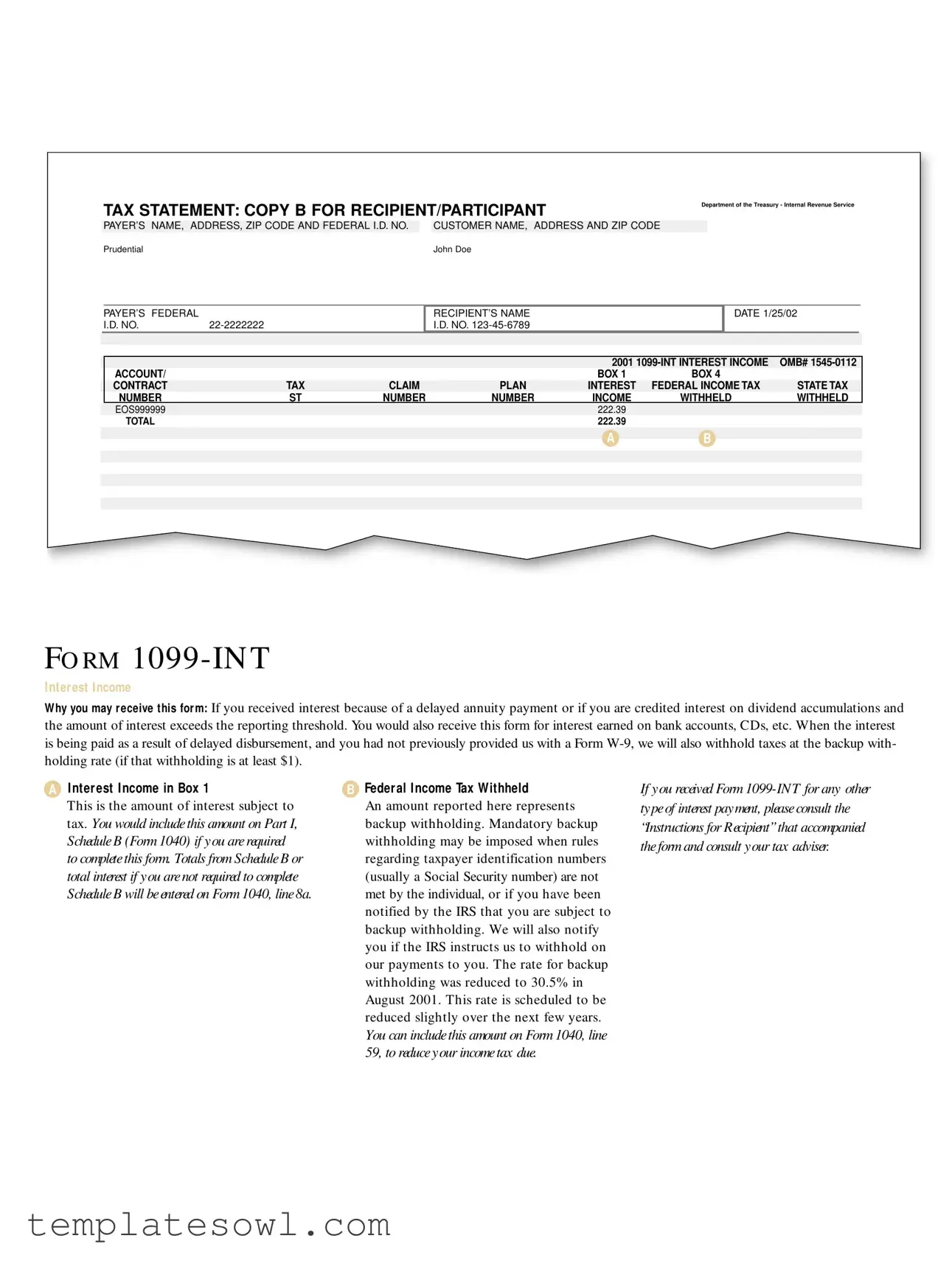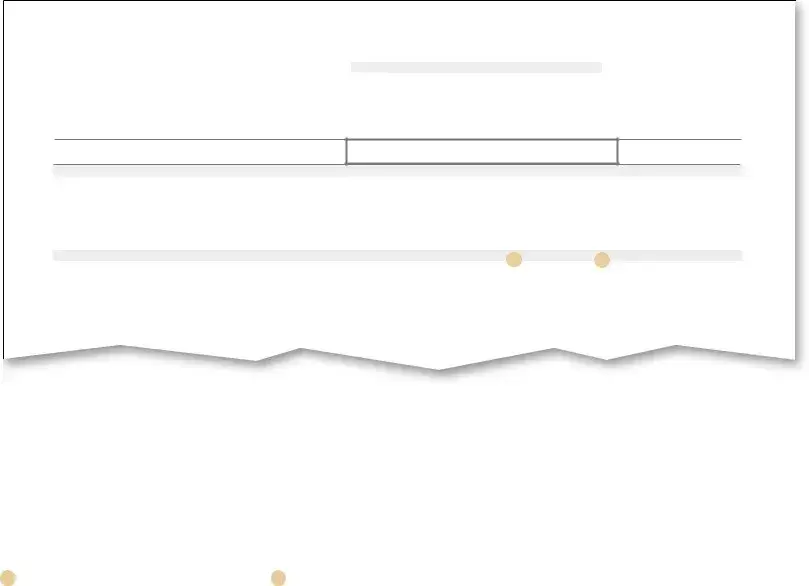What is the Prudential 1099 INT form?
The Prudential 1099 INT form is a tax statement that reports interest income earned by an individual during the tax year. This form is issued by Prudential to recipients who have received interest payments from products such as delayed annuities or bank accounts. The information included helps individuals accurately report their income to the IRS.
Why would I receive a Prudential 1099 INT form?
You may receive a Prudential 1099 INT form if you earned interest from a delayed annuity payment, or if you were credited interest from dividend accumulations, with the total amount exceeding the reporting threshold. Interest from bank accounts or CDs may also trigger the issuance of this form. Additionally, if taxes must be withheld due to the absence of a Form W-9, you will receive a 1099 INT.
What information is reported in Box 1 of the form?
Box 1 of the Prudential 1099 INT form contains the total amount of interest income you earned during the year. This amount is subject to taxation. It should be included on Part I of Schedule B (Form 1040) if applicable. If not required to complete Schedule B, you can report the total interest on Form 1040, line 8a.
What does the federal income tax withheld mean on the form?
The amount labeled as federal income tax withheld indicates that backup withholding has been applied to your interest income. Such withholding occurs when taxpayer identification number rules are not followed, or if the IRS mandates backup withholding. This withheld amount can be claimed on Form 1040, line 59, potentially reducing your overall income tax liability.
What is backup withholding, and who might be subject to it?
Backup withholding is a form of tax collection where a portion of payments is withheld by the payer and sent to the IRS. It may apply to individuals who have not provided a valid taxpayer identification number, such as a Social Security number, or those who have received notification from the IRS regarding their status. If you are subject to backup withholding, it will be specified on your Prudential 1099 INT form.
What should I do if I receive a Prudential 1099 INT for other types of interest payments?
If you receive a Prudential 1099 INT for other types of interest income, you should refer to the “Instructions for Recipient” that accompanied the form. This document will provide additional guidance on how to report the interest on your tax return. Consulting with a tax adviser may also be beneficial for personalized assistance.
Where can I find additional help regarding my 1099 INT form?
For further assistance regarding your Prudential 1099 INT form, reviewing the IRS website or seeking advice from a tax professional can be helpful. They can provide explanations on tax reporting, potential deductions, and guide you through the process of completing your tax returns accurately.

